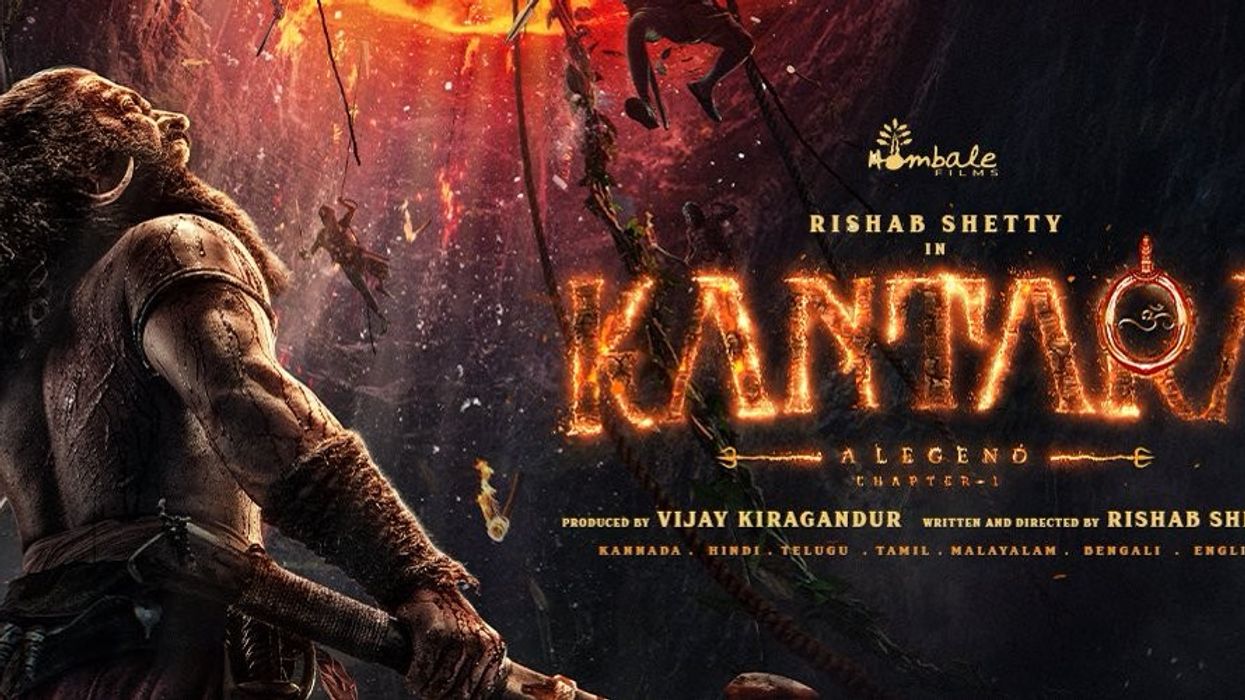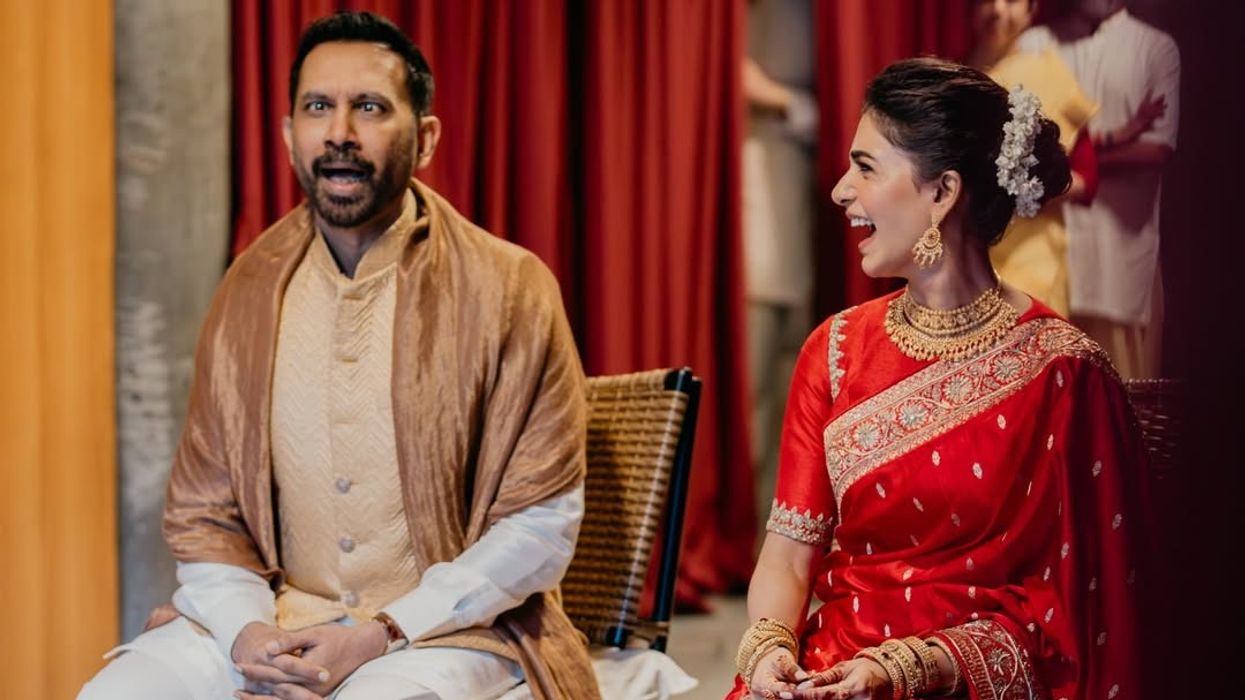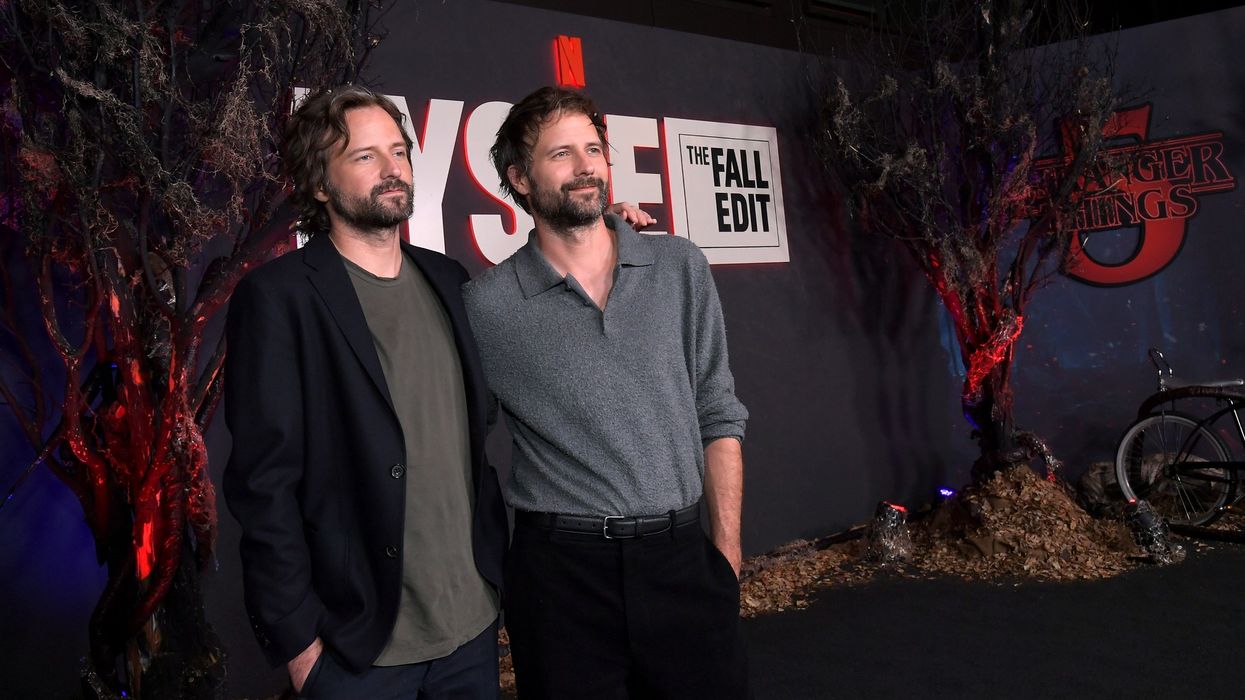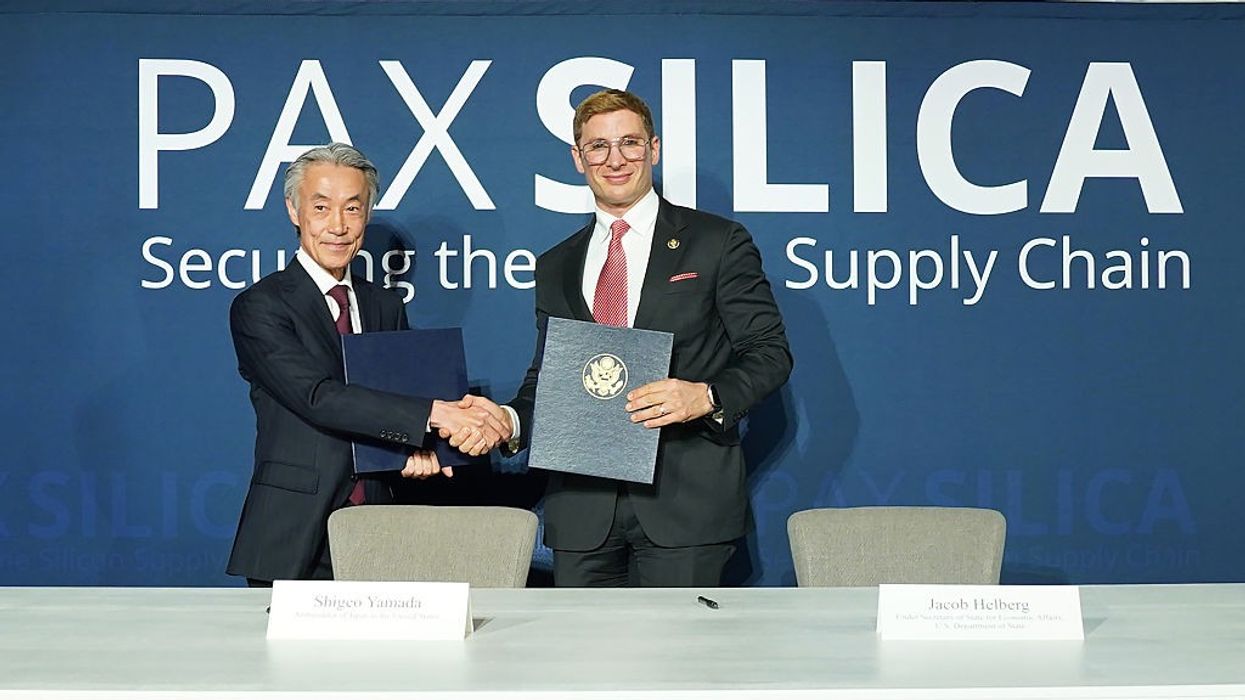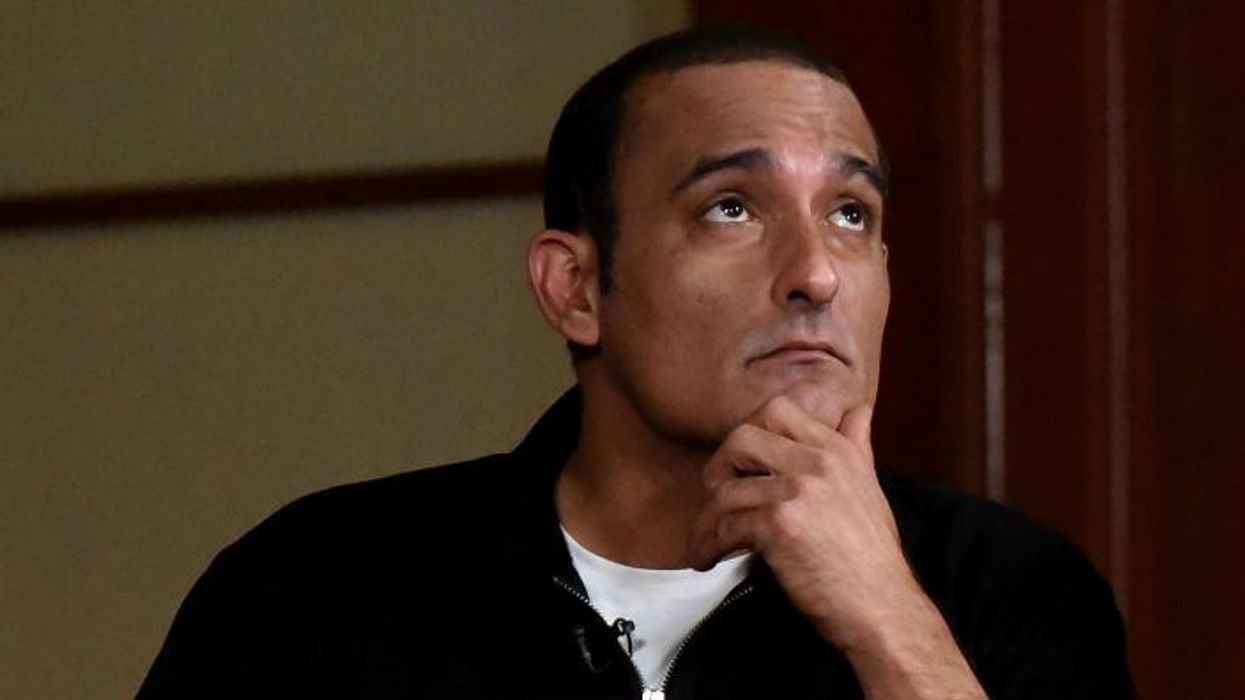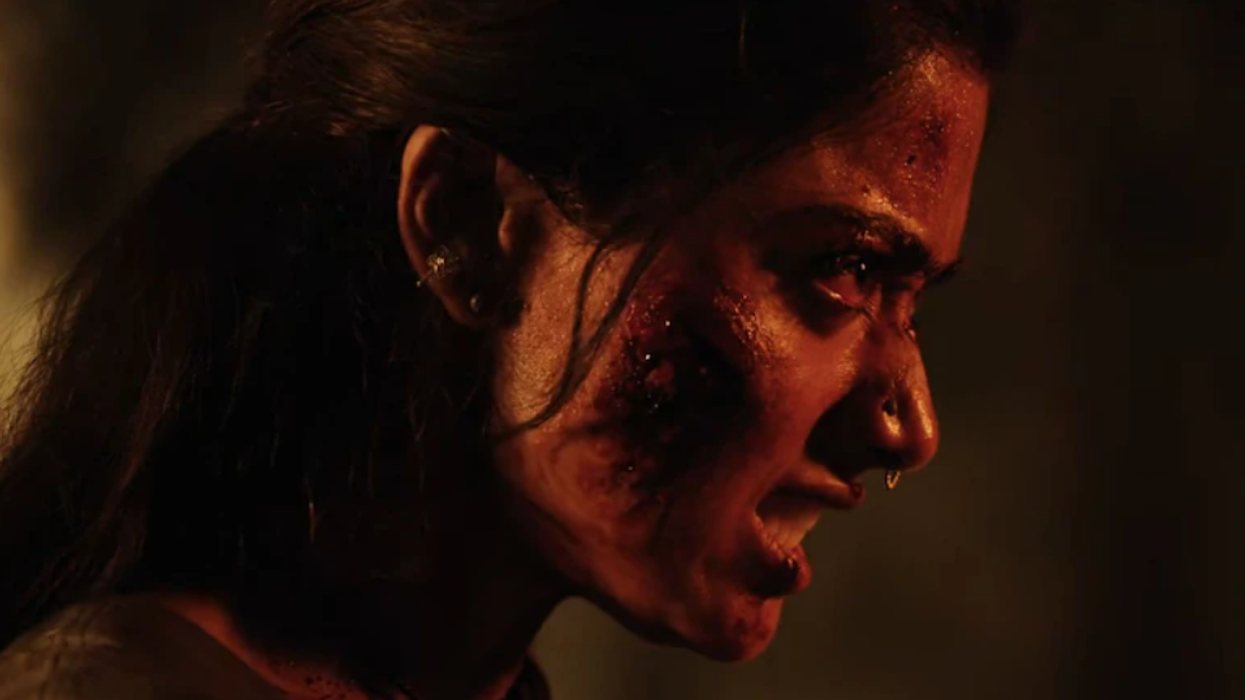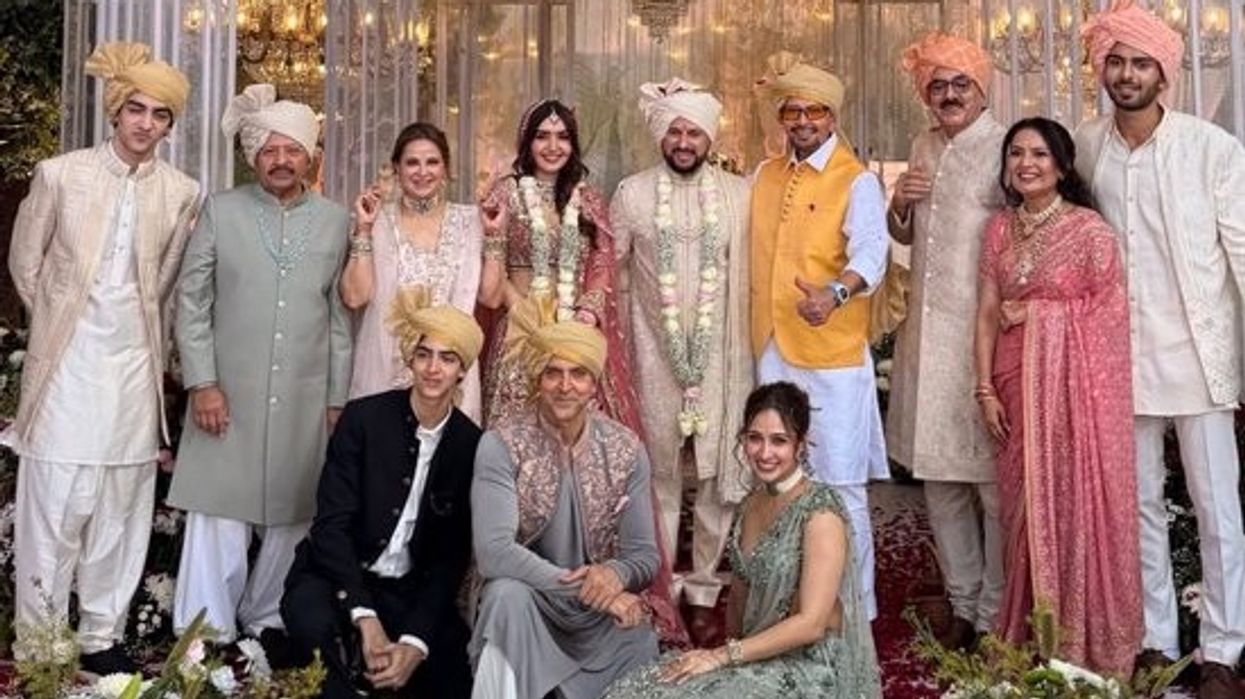When “Kantara” released in 2022, few could have predicted that the modestly budgeted Kannada film would upend Indian box office expectations and rewrite the destiny of its creators, Hombale Films. The Rishab Shetty-directed sleeper hit—anchored in regional folklore and rich spiritual tradition—struck a remarkable chord, grossing an estimated $50 million worldwide from a $1.96 million investment, and spawning dubbed releases in multiple Indian languages.
Now, producer Vijay Kiragandur and the team at Hombale Films are preparing to scale even greater heights with the prequel, Kantara A Legend: Chapter 1. This newest chapter in the Kantara saga, set for release on October 2, 2025, is not just a film but a testament to the creative and cultural ambitions of contemporary Indian cinema.
Constructing a world: Why hombale built their own studio
One of the remarkable features of Chapter 1 is the scale of production. Kiragandur revealed that the team took a bold step: constructing a new, custom-built studio in Karnataka to realize their vision. “The studio was born out of both creative necessity and practical limitations,” he explained.
Despite scouting the length and breadth of Karnataka, the filmmakers couldn’t find an existing facility suited for Kantara’s elaborate palace sets and intricate interiors. “What began as one studio floor quickly expanded into a full-fledged facility,” Kiragandur shared, emphasizing that having their own studio allowed unmatched creative control, flexibility, and efficiency in production schedules.
This new space has paid off in more ways than one: “Beyond the convenience, having our own space gave director Rishab Shetty the creative confidence to pursue his vision without compromise. It became a catalyst for the film’s authenticity,” Kiragandur said, giving a rare behind-the-scenes look through an exclusive video shared with Variety.
The story’s spiritual and cultural legacy
Central to Kantara’s appeal is its textured exploration of myth, spirituality, and man’s relationship with land—a storyline that resonated powerfully in the original. “The spiritual resonance of the first film was a guiding force as we shaped Chapter 1,” Kiragandur noted. Anchoring the narrative in the region’s deeply held traditions, the prequel promises to probe even further into the spiritual and mythological elements that first captivated viewers.
Kiragandur regards the film’s focus on cultural preservation—not just entertainment—as central to its mission. “One of the most important aspects of ‘Kantara’ is its focus on preserving nature and raising the conversation around land ownership—a subject deeply meaningful to us,” he says. The authenticity comes not from spectacle alone, but from a genuine engagement with the cultural and natural legacy of the region.
Rishab Shetty: The soul of the project
At the core of Kantara A Legend: Chapter 1 is Rishab Shetty, a multi-hyphenate talent who replicates his triple threat of the first film—writing, directing, and starring. Shetty’s involvement, according to Kiragandur, is crucial: “We had full faith in Rishab Shetty, the driving force behind Kantara A Legend: Chapter 1. Whether it was his acting, writing, or direction, his talent played a pivotal role in shaping everything we created.”
This continuity is not just a creative decision but a safeguard of the franchise’s soul. By keeping Shetty at the helm, Hombale Films aims to retain the narrative and emotional coherence that made “Kantara” a phenomenon in the first place.
Focusing All Energy on a Single VisionHombale, known for producing some of Indian cinema’s top-grossing blockbusters—including the K.G.F. series and the Prabhas-starrer “Salaar”—has been deliberate in allocating resources for this project. “Instead of pursuing multiple projects simultaneously, we chose to channel all our energy into this one,” Kiragandur explains. While sequels like “Salaar: Part 2 – Shouryaanga Parvam” are in progress, Hombale’s “singular commitment” to Kantara marks it out from its pan-India stablemates.
It’s a rare move in a film industry often driven by rapid turnarounds, but for Kiragandur, focus is essential. “Our commitment to ‘Kantara: Chapter 1’ took precedence,” he emphasized.
Cultural Authenticity vs. Commercial Ambition
For a film that must satisfy both local pride and global curiosity, balancing authenticity and commercial scale is no small feat. Kiragandur frames this not as a constraint, but as Hombale’s “compass.” “Cultural legacy isn’t a pressure point for us—it’s a compass. By staying true to our narrative, the talent behind it, and the emotions it carries, we’re confident that authenticity will shine through on screen.”
With the research team regularly struck by the “vast cultural and narrative tapestry” of India, the film sets out to tap into untold stories—stories, Kiragandur notes, that don’t rely on any “Western blueprint,” but rather draw from the country’s inexhaustible cultural well.
A pan-India and global release
To maximize its reach and resonate with the multitudes who embraced the original, Kantara A Legend: Chapter 1 will be released simultaneously in Kannada, Hindi, Tamil, Telugu, Malayalam, Bengali, and English. The all-India and global strategy reflects not only commercial savvy but an ambition to make Indian cultural stories universal.
Pushing boundaries on every level
As Hombale’s head, Kiragandur didn’t mince words about the scale of the project: “‘Kantara A Legend: Chapter 1’ is undoubtedly our most ambitious project to date—and there are several reasons why. The scale of effort, from the number of shoot days to the sheer volume of manpower, far surpasses anything we’ve undertaken before.”
Yet it is not just logistics that distinguish this film. “Beyond logistics, this film holds a deeply personal place in our hearts. It’s the kind of cinema we’ve always dreamed of creating.” At Hombale, the vision goes beyond making hits; it’s about bringing “Indian cultural roots to life through storytelling”—creating lasting legacies for future generations.
The promise of a “stunning” experience
Kiragandur and his team have been careful not to give away too many specifics about the film’s most breathtaking moments, preferring to let audiences discover the magic for themselves. “There have been several moments, but we’ll let the film speak for itself. We genuinely believe it will leave audiences stunned—not just by the scale, but by the soul.”
Kantara and the future of Indian cinema
As Kantara A Legend: Chapter 1 prepares for its release, it stands as both a creative and cultural milestone. For Hombale Films and Indian cinema at large, the project exemplifies how local stories—rooted in authenticity and brought to life with unprecedented ambition—can become global phenomena.
Kiragandur puts it best: “We’ve long aspired to create something for this generation—and for generations to come—that makes them proud of India’s rich heritage.”
The stage is set for Kantara: Chapter 1 to not only meet but redefine expectations, as Indian storytelling enters an era where the only limits are the richness of its own culture and imagination.
